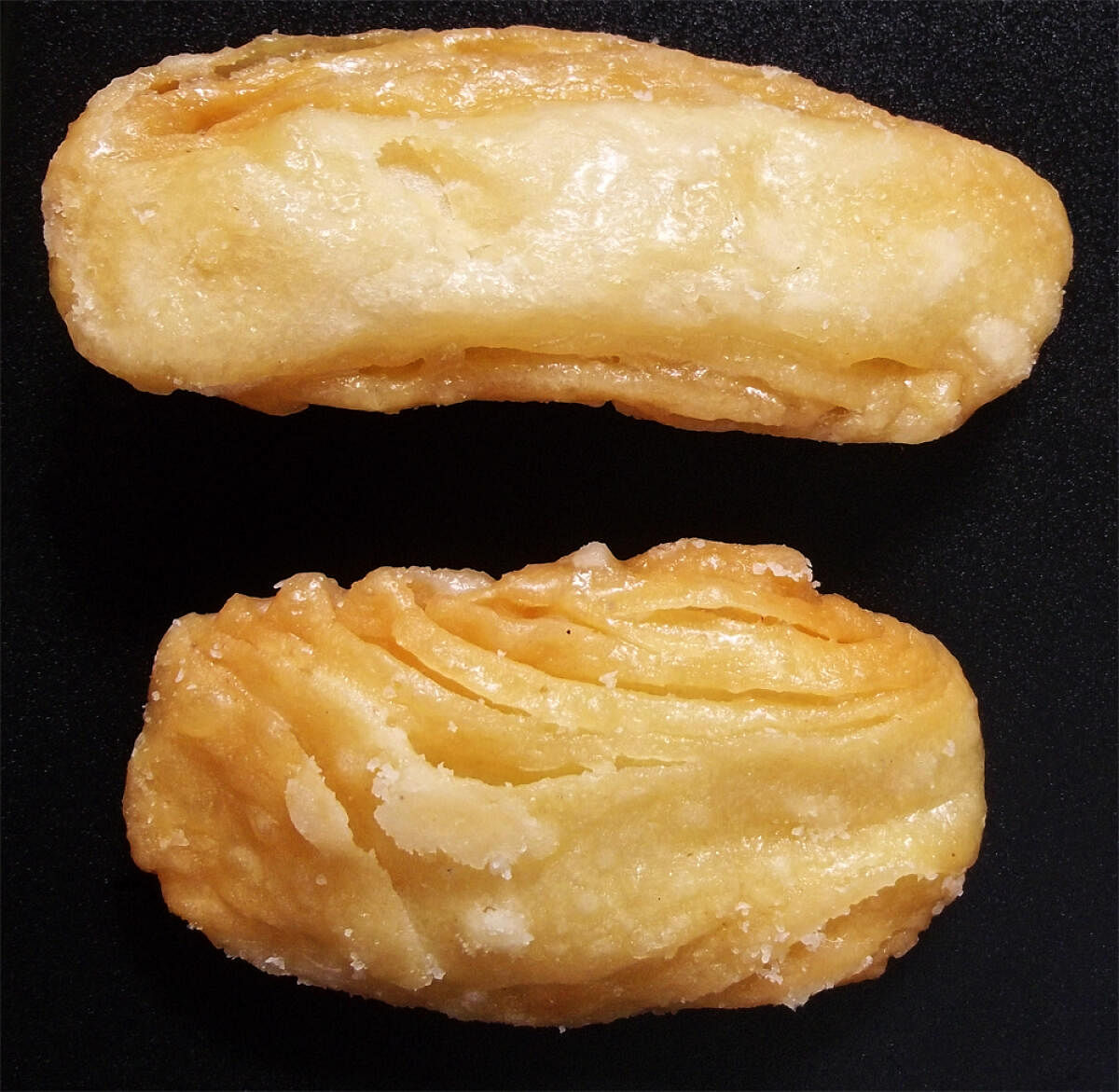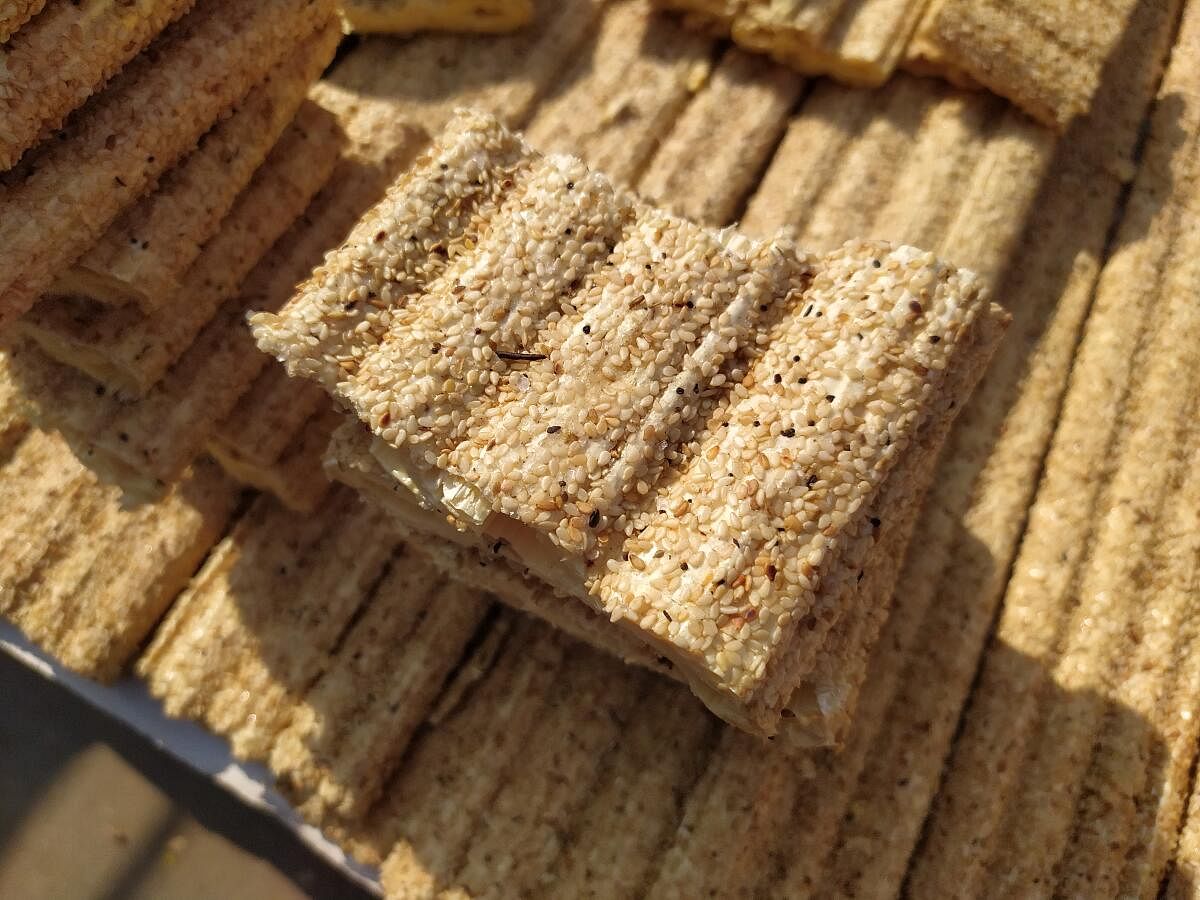

Litti Chokha, a hearty meal by itself for a Bihari, is perhaps the only Bihari dish known outside the state. You can find restaurants across the country selling this rural staple. But other Bihari dishes are barely known to others.
The Magadha Empire was ruled for centuries from about 600 BC. The Mauryas (remember Ashoka the Great?) and the Guptas (Chandragupta Vikramaditya) are two of the several dynasties which ruled the Empire till 600 AD. The capital of the Magadha Empire, initially in Rajgir, was later shifted to Pataliputra (present-day Patna). This area became the heart of culinary experimentation, and several delicacies from the era still exist today, even after 2,000 years.
Take, for instance, the khaja. This wheat-based, intricately layered, and deep-fried crunchy sweet, glazed with sugar, was considered the gem among all the sweets of the Magadha Empire. No auspicious ceremony is complete without khaja. Talk to any Bihari about khaja and the first thing that comes to their mind is Silao khaja. You cannot miss Silao, a tiny, dusty town midway as you drive north from Rajgir to the ruins of Nalanda city, two tourist hotspots in Central Bihar. Silao, with a population of barely 25,000 people, has about 150 shops selling khaja. Buy one for just Rs 10, bite into the crispy goodness, and feel your senses get mesmerised by the crunchy sweetness!
Barely 60 km away from Silao is the town of Gaya. Gaya is close to Bodh Gaya, internationally famous for the Mahabodhi Tree, under which Buddha attained enlightenment. Once you have paid respects to Buddha at the magnificent and ancient Mahabodhi Temple, you may head to Gaya to relish its famous tilkut and anarasa.
As the winter season approaches, tilkut is in demand. The Bihari diaspora longs for this cold-season delicacy, begging those visiting Bihar to get them a supply of this delectable sweet — especially the ones made in Gaya. Tilkut is made of roasted and hand-crushed sesame seeds (til, in Hindi). Til has loads of goodness — from anti-inflammatory properties to being loaded with antioxidants. It is believed to be blessed by Yama, the God of death, granting immortality to those who consume the seed! It is cooked with sweeteners that give the tilkut a distinct colour — refined sugar yields white tilkut, while the brown one is made with jaggery.
Anarasa, that delicious sesame-coated rice dumpling, is a perennial favourite of Biharis. Rice is soaked for three days, with water replaced each day. Wet rice is dried in the shade to remove excess water and then milled. Sugar, ghee and curd are added to this rice powder. Sometimes, khoya is added to the mix to add to the deliciousness. The resultant wet mixture is shaped into balls finished with a coating of sesame seeds. These are then deep-fried to create the anarasa. You can have it hot or cold, and it has a long shelf life.
It is a pity that barring people from Bihar, Bengal, Odisha, and Assam, the rest of India does not quite care about parwal, this humble but highly versatile vegetable. Also known as a pointed gourd, this humble vegetable can be a curry with or without potatoes, sautéed, boiled, mashed and spiced to make a bharta, or in a soup. But the best one for me is the parwal ki mithai. Parwal is boiled in sugared water and stuffed with roasted khoya garnished with cardamom, pistachios and almonds. A layer of silver foil on top of this is now ready to eat. No celebration or marriage is complete without this mithai.